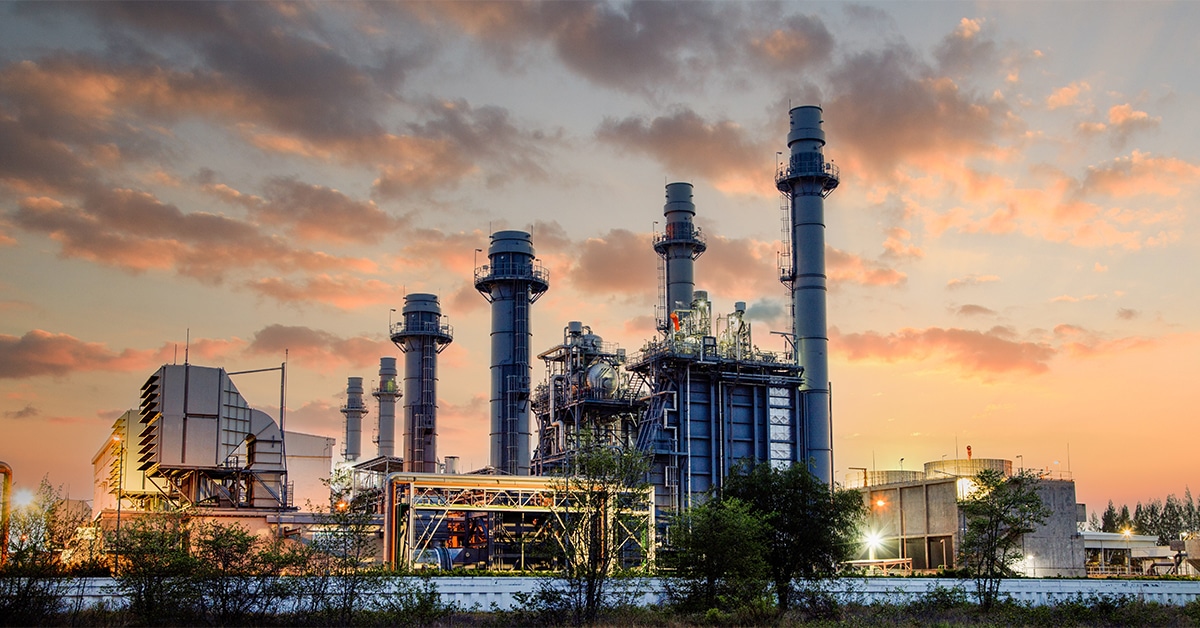In a constantly evolving world, the transportation of goods and resources plays a crucial role in connecting producers and consumers. The midstream sector, which involves the transportation and storage of these materials, has seen significant changes over the years in response to technological advancements, environmental concerns, and shifting global demands. This article explores the evolution of midstream transportation and its impact on the way we move products from one point to another.
The Importance of Midstream Transportation
Midstream transportation is a vital part of the supply chain that bridges the gap between production and consumption. It involves the movement of raw materials, such as oil, gas, and agricultural products, from extraction sites to refineries, processing plants, and ultimately to end users. Without efficient midstream infrastructure, these essential resources would be unable to reach their intended destinations, leading to supply shortages and economic disruptions.
Key Aspects of Midstream Transportation
- Storage facilities: Midstream transportation often involves the use of storage tanks and terminals to hold materials before they are sent to their next destination.
- Pipelines: One of the most common methods of midstream transportation is through pipelines, which are used to transport liquids and gases over long distances.
- Rail and truck transport: In cases where pipelines are not feasible, materials can be transported via railroads or trucks to reach their final destination.
Technological Advancements in Midstream Transportation
Advancements in technology have revolutionized the way materials are transported in the midstream sector. These innovations have not only increased efficiency and safety but have also enabled the industry to adapt to changing market dynamics and environmental regulations.
Automation and Digitalization
- Automation technologies, such as remote monitoring systems and control devices, have improved the operation of pipelines and storage facilities, leading to enhanced safety and efficiency.
- Digitalization has enabled real-time tracking of materials, allowing companies to optimize their transportation routes and schedules for maximum efficiency.
Environmental Sustainability
- Advancements in environmentally friendly fuels and technologies have led to the development of cleaner transportation methods, reducing the carbon footprint of midstream operations.
- Companies are increasingly investing in renewable energy sources, such as solar and wind power, to power their transportation infrastructure and reduce reliance on fossil fuels.
The Impact of Global Trends on Midstream Transportation
Global trends, such as population growth, urbanization, and the shift towards renewable energy, have a significant impact on the midstream transportation sector. These trends influence the types of materials being transported, the volume of goods moved, and the methods used to transport them.
Population Growth and Urbanization
- Rapid population growth in urban centers has led to an increased demand for essential resources, such as water, food, and energy, necessitating the expansion and modernization of midstream infrastructure.
- Urbanization has also placed pressure on existing transportation networks, leading to the development of new routes and modes of transportation to meet the growing demand for goods and services.
Shift Towards Renewable Energy
- The global shift towards renewable energy sources, such as solar and wind power, has created new challenges and opportunities for the midstream sector, as companies seek to transport and store these alternative fuels efficiently and safely.
- Investments in renewable energy infrastructure, such as electric vehicle charging stations and hydrogen fueling stations, are driving the need for innovative midstream transportation solutions to support the transition to a greener economy.
The Future of Midstream Transportation
As the world continues to change and evolve, the midstream transportation sector will need to adapt to meet the challenges and opportunities of the future. Companies that embrace innovation, sustainability, and collaboration will be best positioned to navigate the complexities of a rapidly changing world.
Key Trends Shaping the Future of Midstream Transportation
- Integration of IoT and AI technologies to improve monitoring, maintenance, and efficiency of midstream infrastructure.
- Expansion of renewable energy infrastructure and the development of new transportation solutions to support the transition to a low-carbon economy.
- Collaboration between industry stakeholders, governments, and communities to address environmental concerns and ensure the long-term sustainability of midstream operations.

